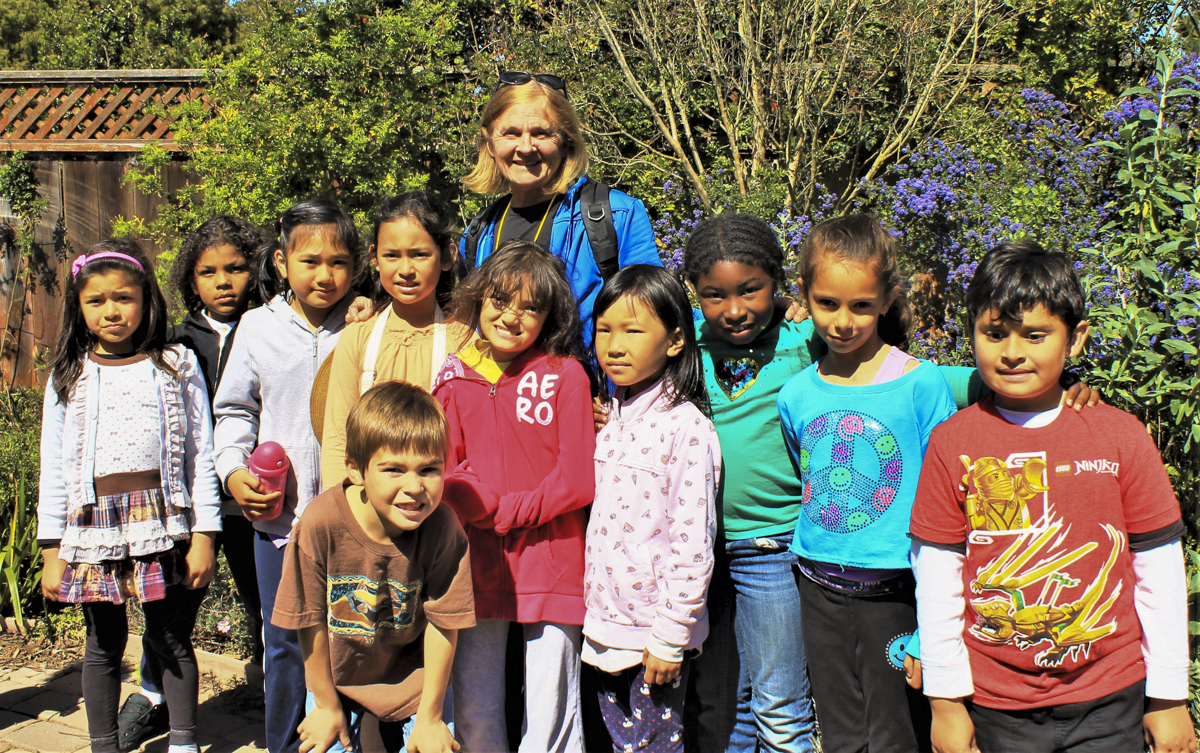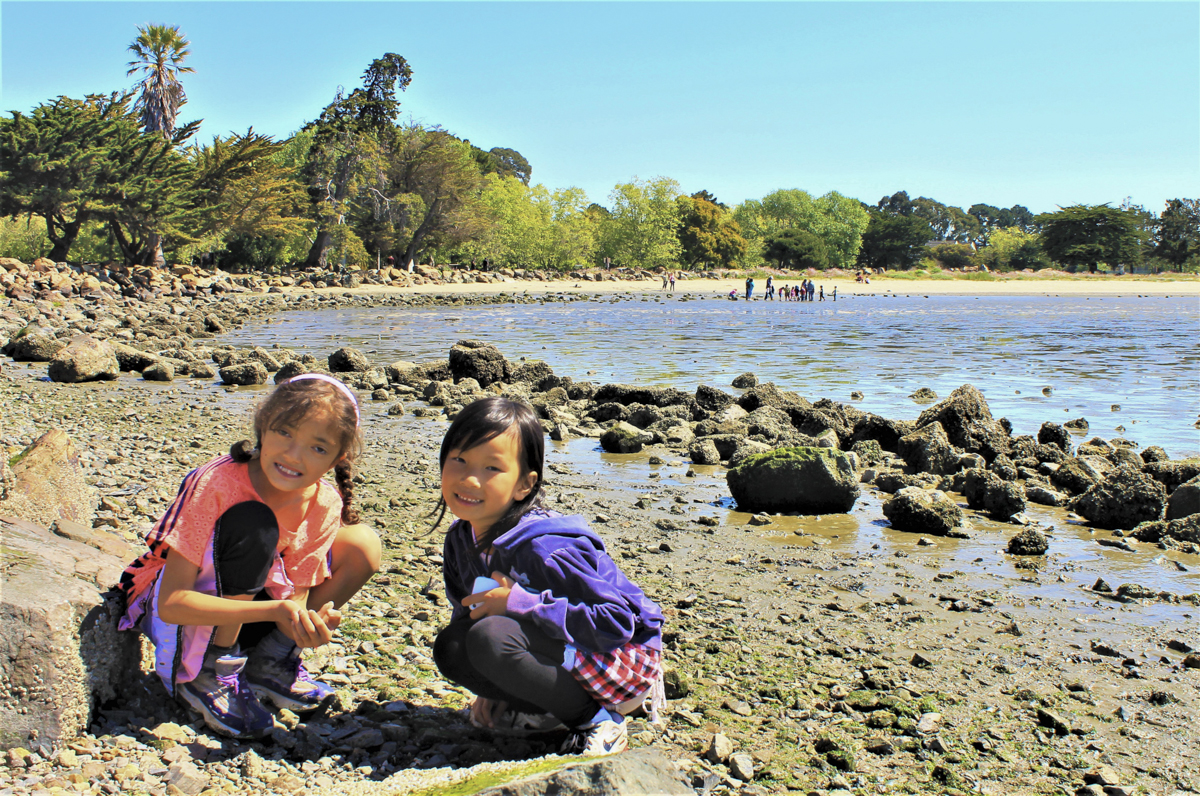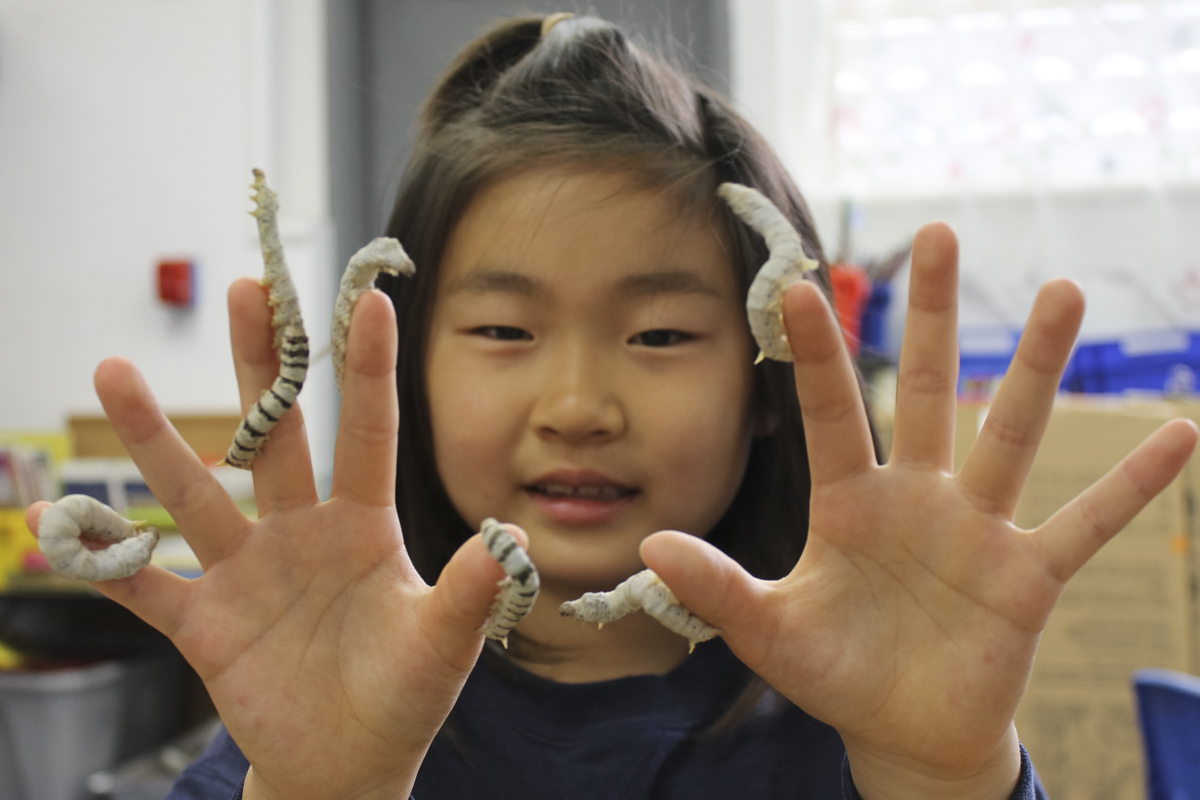One morning, in my 2nd grade classroom, my students observed the miracle of metamorphosis. We had been studying firsthand the life cycle of the silkworm moth, from the egg stage to adulthood. I had purchased silkworm eggs from a science supplier. Once the eggs had hatched and the worms were a half-inch in size, they started living in box-shaped paper habitats the students built. I gave four worms to each pair of students, and every morning, girls and boys grabbed mulberry leaves to place in the habitats. I scheduled feeding and observation time every day so students could marvel at the worms’ voracious appetites and even listen to them chewing the leaves! I taught them how to gently hold the worms once they were about a half an inch long. One of the highlights of this project happened on a typical Monday morning: A student suddenly burst into gleeful laughter as she observed a silkworm eating away its cocoon shell and emerging as a moth! Needless to say, all the students gathered around to watch, and they went home that day with a big story to tell their families.

Science education has been and is an increasingly important subject for students. In 1993, I participated in a pilot project for preschool science education: Teachers gathered on several weekends to practice how to teach preschool-age children using hands-on learning activities, including creating habitats and animals out of paper and acting out their behaviors.
I’ve used the guides published by The Lawrence Hall of Science in my classroom, as well as at summer camps where I volunteered as the science teacher. If you’re interested, as a teacher or homeschooling parent, they are available at a reasonable price and can be ordered at their website: Store.LawrenceHallOfScience.org/Category/Gems. I attributed my students’ overwhelming enthusiasm for science class to the hands-on learning activities in these guides. There are so many stories to tell, and one of my favorites is when I used the guide “Buzzing a Hive,” which teaches about the life of bees. One of the favorite activities was when students acted out nectar gathering by using a little straw as a proboscis to sip honey from a cup. Afterward, they walked around the flower garden, dipping their straws close to daffodils and roses.

Many schools and homes these days have gardens. One of the guides, “Terrarium Habitats,” has content about earthworms, crickets, and sow bugs. I referred to it every spring when my class created a garden of vegetables, which we grew and then ate when they were mature. The garden project always began with digging to oxygenate the soil. What kid doesn’t like to dig in the dirt? The most exciting part of this phase was finding earthworms. Students carefully collected a few of them for observation in the classroom. They learned how worms are essential because they aerate the soil and provide nutrients that help plants grow. When we finished our observations, using the chapter on earthworms to guide our engaging activities, students gently returned most of the worms to the garden, and we prepared a plan for planting. The rest of the worms became inhabitants of an in-class worm farm. They were fed banana peels and other appropriate organic waste from students’ lunches.

I believe that adults need to be aggressively active in leading the next generation into an appreciation for the earth and the living things of which it comprises. The science curriculum I created for my 2nd grade students included monthly field trips to local parks. Crab Cove, in Alameda, California, was one such destination. It seemed like nature always cooperated and put on a show when we went down to the rocky beach there. My students inevitably got a surprise when they lifted fist-sized rocks and found tiny crabs scuttling around in the sand. Needless to say, it made my day, every time!
National, regional, and city parks such as Crab Cove provide parents and teachers with docent-guided tours and instruction, especially helpful if your expertise isn’t in science. Every Kid Outdoors is a federal program created to bring children in touch with nature. Their website is EveryKidOutdoors.gov. If you have a 4th grader in your home, your whole family is qualified to get a free pass to America’s parks, lands, and waters for an entire year! If you’re a 4th grade teacher, you can download passes and activities for your entire class. Families can purchase affordable regional park passes and discover the local outdoor plants, animals, land formations, and waterways. The Creation is longing to interact with us, and vice versa; I see it every time in the curiosity, smiles, and astonishment on the faces of children who are lucky enough to get outside!

In fact, for those of us who are looking for ways to help our children understand and connect with God as our Creator, conversations about the natural world provide wonderful opportunities for spiritual education. I emphasize and encourage this in my role as a teacher, parent, and grandparent whenever possible. I have written curricula for companies that use a secular approach to science education, but I’ve also had many opportunities to bring God into the exploration of the amazing earth that is our home.
How does one start a discussion about the spiritual aspect of science? A parent or teacher can ask leading questions for children to ponder, such as, “Why do you think God created bees or worms?” Questions of cause and effect, such as what makes rain, and why do you come down to earth when you jump up, can stimulate a child’s imagination. We can encourage them to think of God as the ultimate cause, and this universe as the display of a Divine personality who can be known through examining the Creation. These kinds of discussions that link science to religion can help strengthen a child’s belief in a Creator, and hopefully, as children learn to love and respect the natural world, this can increase our ability as a human race to honor the miracle of this gift we often take for granted.
Poppy Richie is a freelance writer and former teacher and administrator at the Principled Academy in the San Francisco Bay Area. She coauthored a K–12 character education curriculum, “Discovering the Real Me,” and contributed to online elementary-level science education curricula for various companies.













